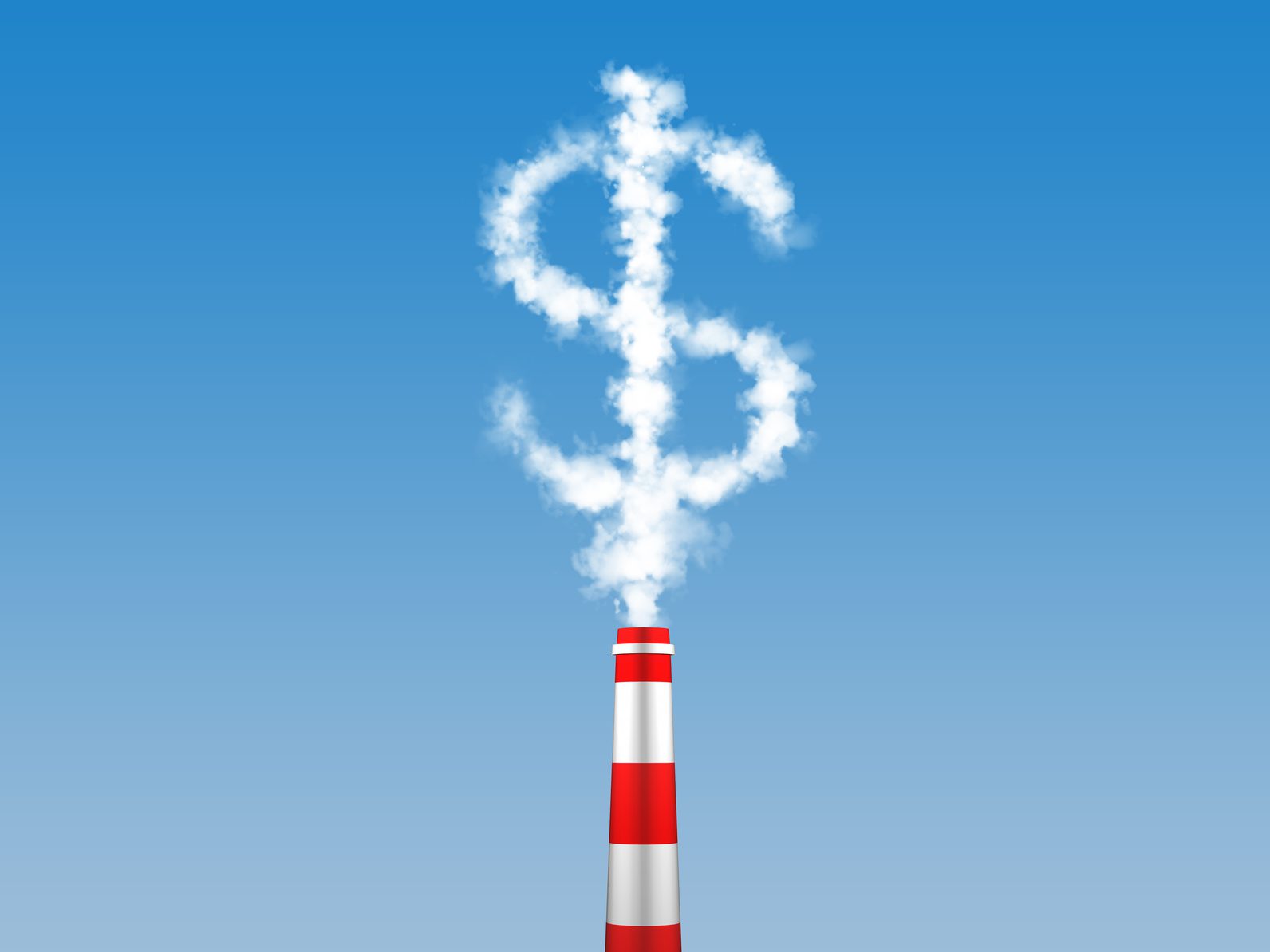The following blog was written in response to events in Ontario in summer 2018. For an update on current climate change action in Ontario, check out this blog.
Ontario’s new government has promised to “scrap the carbon tax.” This promise has raised important concerns about how this will be achieved, and what impact it will have. Here are the main reasons why.
- Ontario doesn’t have a carbon tax.
Ontario has been using a system called cap-and-trade since January 2017. It’s not a carbon tax. The main difference is that with cap-and-trade, the government puts an actual hard limit (cap) on carbon pollution. They issue permits for every tonne of pollution allowed under that limit. Industry and businesses that want to pollute need a permit from the province, and the permits can be traded on the carbon market, like stocks are traded on the stock market. In cap-and-trade, the government sets the limit and the market sets the price. With a carbon tax, government sets the price, and there is no limit on the amount of carbon pollution allowed. Cap-and-trade worked successfully in Ontario for 18 months. More on that here.

- Canceling cap-and-trade will be complicated and costly.
Calling it a carbon tax mistakenly frames Ontario’s system as a price that can simply be switched off, like turning off a light switch. In fact, it’s extremely complicated to pull out of cap-and-trade and will likely cost Ontario billions of dollars in legal fees and sunk costs.
You wouldn’t be happy if a teammate just walked off in the middle of a soccer match. Couldn’t they have at least waited until halftime? This is why current rules require a year’s notice for either Ontario, Quebec, or California to pull out of their joint cap-and-trade market. Having given no notice at all, Ontario could face lawsuits and massive legal battles from their former partners.
And what about the Ontario businesses and cap-and-trade participants who have invested billions into this market and now find their permits are worthless? Ontario’s partners have already closed the cap-and-trade market to Ontario companies, after Premier Ford’s announcement that he would pull out as soon as possible without respecting the agreement to provide a year’s notice. Ontario’s newly introduced Cap and Trade Cancellation Act includes rules for some participants to be reimbursed, but it appears they do not intend to refund the vast majority of the almost $3 billion in permits sold.
- Cancelling cap-and-trade means cancelling all current program funding designed to cut Ontario’s carbon pollution.
It is nearly impossible to fight climate change without funding the fight. In recent years, Ontario chose to invest cap-and-trade revenues from polluters into programs to reduce carbon emissions. This is why scrapping cap-and-trade means scrapping a wealth of programs already popular with Ontarians. These include free smart thermostats for homeowners, energy-saving retrofits for hospitals, schools, and social housing, programs to help businesses save energy, electric vehicle charging stations, and other programs to encourage a switch to low-carbon alternatives.
Without a carbon pricing system in place, there is no longer a funding source for any of these programs. In fact, just a few days after Premier Ford announced he’d cancel cap-and-trade, all Green Ontario Fund programs were shut down. This fund was responsible for the bulk of Ontario’s programs for homeowners to reduce energy costs and shrink their carbon footprint, as well as programs for businesses to become more energy efficient.
By offering incentives to bring down the cost of low-carbon technology, such as grants to switch to highly efficient windows and insulation, the choice to cut carbon emissions is much easier to make. Without funding from a carbon pricing system to offer such incentives, this choice is now out of reach for many businesses and homeowners.
Cancelling these incentives is already proving more costly than anticipated for government, and taxpayers. Tesla won a lawsuit against the Ontario government over its handling of electric vehicle incentive cancellations, More lawsuits seem likely to come in the near future.
- By cancelling cap-and-trade, Ontario will end up with a carbon tax.
The most likely result of canceling cap-and-trade is that Ontario will get a federal carbon tax instead, at a higher cost to polluters. This has prompted many to wonder why any government would rush to dismantle cap-and-trade without detailed analysis of the consequences.
Why would we get a carbon tax instead? The federal government has made it very clear that as part of their national climate plan, they plan to enforce their backstop carbon tax on any province without an existing carbon pricing system. Yes, Ontario has launched a legal challenge over the federal government’s right to do this, but most constitutional experts see any challenge as a real longshot.
Starting in January 2019, the federal government would bring in a tax at $20 per tonne, rising to $50 per tonne in 2022. This is higher than carbon prices under cap-and-trade, which are currently around $18 per tonne and would rise more slowly.
The new government needs to step back, look at the numbers, and make a better decision for Ontario. Is it worth spending billions in government money to save four cents per litre on gas prices, only to see a carbon tax imposed within the year? Is it worth unraveling an effective market-based plan to fight climate change? And should the Ontario government waste taxpayer money fighting against a federal carbon price, a battle they are set to lose? We hope the new provincial government takes these questions very seriously.
Update: Ontario moved forward with a bill cancelling its cap and trade system in October 2018. For an update on current climate change action in Ontario, check out this blog.









